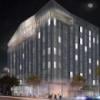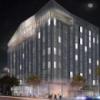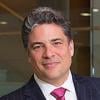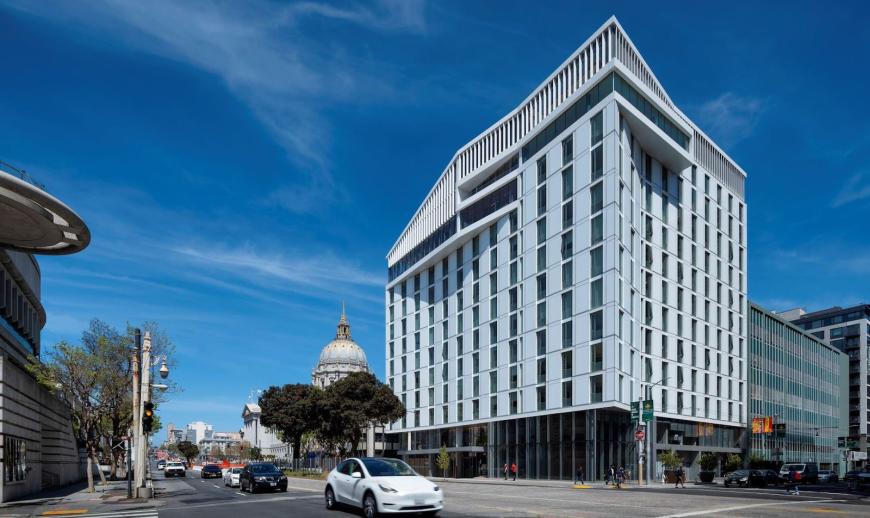
On the drafting board for years, delayed by the COVID-19 pandemic, but prevailing over all challenges, San Francisco Conservatory of Music’s $200 million Ute and William K. Bowes, Jr. Center for Performing Arts will fully open on Nov. 12 with a gala invitational event.
Bowes is across the street from Davies Symphony Hall, flanked by the War Memorial Opera House and City Hall, a block away from the SF Ballet Building in one direction, the Bill Graham Civic Auditorium and the Asian Art Museum in the other — now an important part of the city’s Civic Center. On Nov. 12, private performances featuring Yo-Yo Ma and SFCM faculty and students will signal the future for the public “to experience this new hub for music, community, and collaboration in the heart of the Civic Center.”
Conservatory President David Stull, architect Mark Cavagnero, and Kirkegaard Chief Design Acoustician Joseph Myers are among participants in the series of events that include Yo-Yo Ma in the Barbro Osher Recital Hall; faculty and students from the Roots, Jazz, and American Music program in the glass-encased, street-level Cha Chi Ming Recital Hall; recording studio demonstrations, and more.
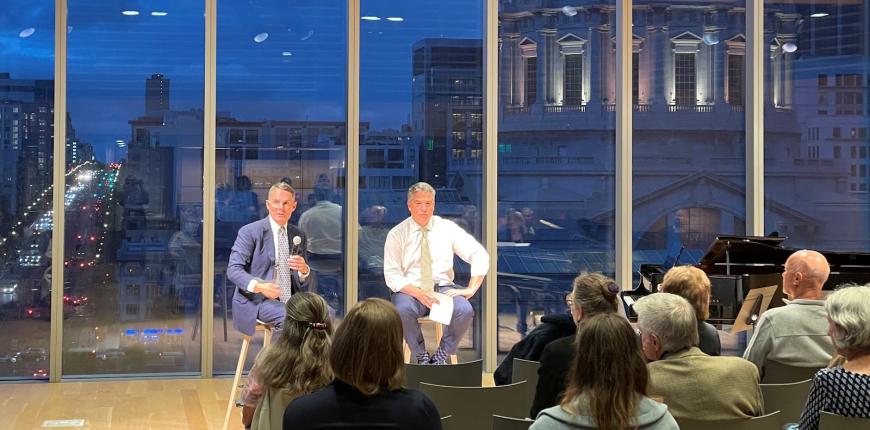
As to public participation, SFCM Vice President Beth Giudicessi says, “We are planning to have concerts in Bowes remain limited to the SFCM community through the end of the year, and expect the first public events and performances to commence on Feb. 12 at a community-wide open house.” Details will be announced soon.
The 12-story project includes two concert halls, classrooms, rehearsal spaces, a recording studio, observation deck and garden, conference center, and housing for 420 Conservatory and SF Ballet School students, as well as apartments to accommodate 36 local residents affected by the construction in rent-controlled households.
The name of the building is in honor and recognition of a financial gift of $46.4 million from the William K. Bowes, Jr. Foundation, which is the largest single gift ever made to a conservatory or music school for a new facility.
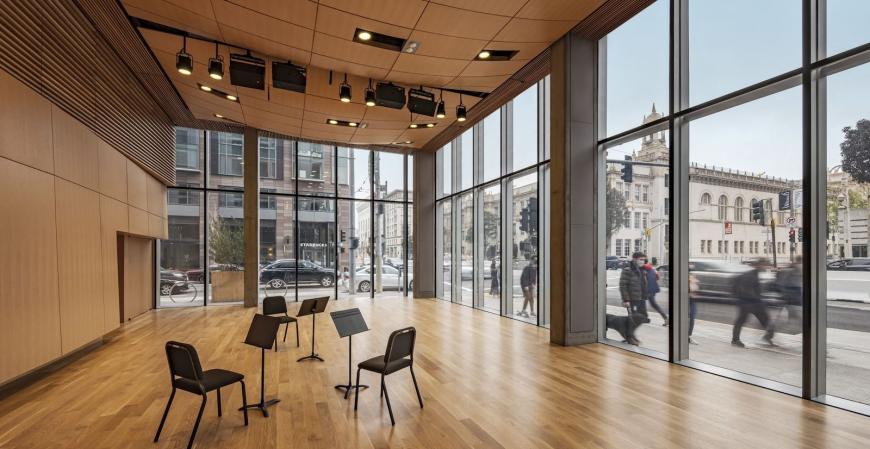
Cavagnero, the architect, has planned an integrated environment and “microcosm of a 21st-century community.” Now, that the project is complete, he told SF Classical Voice, “I really enjoyed designing this building. It is a dense village in one highly visible block: housing, classrooms, cafe, studios, performance halls. It is young and old, the accomplished and students. It aspires to be all that we want in San Francisco, the pursuit of a more perfect place, a place that we normally find only in music. But this time, music has to share.”
During the planning phase, Cavagnero said “the main, upper-level performance space will have acoustics rivaling Carnegie Hall,” and now he has nothing but praise for the Kirkegaard acousticians: “They were a driving force of the project. Everything you see was designed to achieve spectacular results in what you hear. To find the unseen, that is what we asked Kirkegaard to do, and they did it wonderfully.”
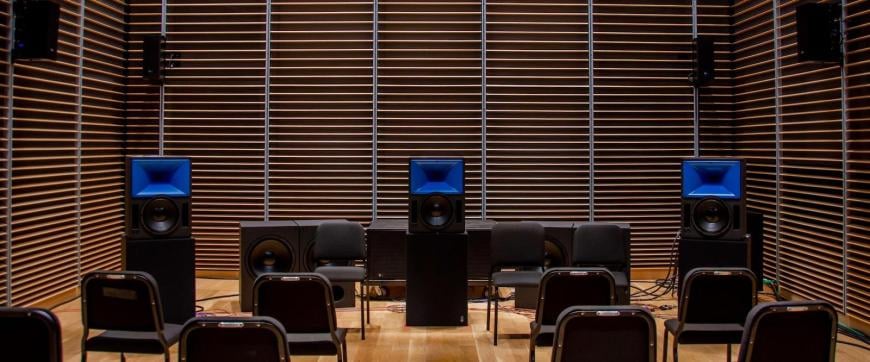
The Bowes Center, says the Conservatory announcement, “will also play host to legends of music who come to teach and perform at SFCM, including artists represented by Opus 3, who will experiment during residencies and work side-by-side with our students. Here you’ll also find the most technologically advanced practice rooms available and a world-class recording studio chosen by the Recording Academy for a Grammy listening event.”
Recording Academy Trustee and Grammy-nominated mastering engineer Michael Romanowski spoke to students on the effect spatial audio can have on making music, saying, “It is opening up that creative aspect, to be able to experience what I call the active listening of immersive audio. We have an unbelievable sound system setup here. I think this is a fantastic facility and I wish that I was 20 again and I could come back here and do it from a different perspective! There are opportunities here that we did not have growing up.”


